
The Seychelles, an archipelago of 115 islands in the Indian Ocean, is renowned for its pristine beaches, lush landscapes, and fantastic scuba diving. This remote paradise offers incredible biodiversity, spectacular underwater topography, and year-round warm waters. From diving alongside whale sharks and manta rays to exploring unique granite reefs and pristine coral gardens, the Seychelles is truly a diver’s paradise. The Seychelles also offers plenty to explore above the surface, from stunning hikes to cultural experiences and rare wildlife. Here are the top reasons why you should consider the Seychelles for your next diving adventure.
1. Incredible Marine Biodiversity
The Seychelles are located at the convergence of the Indian and African continental shelves, resulting in a rich mix of species that thrive in these nutrient-rich waters, including around 850 species of reef fish.
This rich marine biodiversity includes a variety of fish species such as angelfish, butterflyfish, parrotfish, surgeonfish, and triggerfish, thriving in the reefs and granite formations surrounding the islands. As well as reef fish, expect to encounter sea turtles, reef sharks, moray eels, and stingrays. Manta rays and whale sharks are seasonal visitors, making certain times of the year particularly exciting for divers.
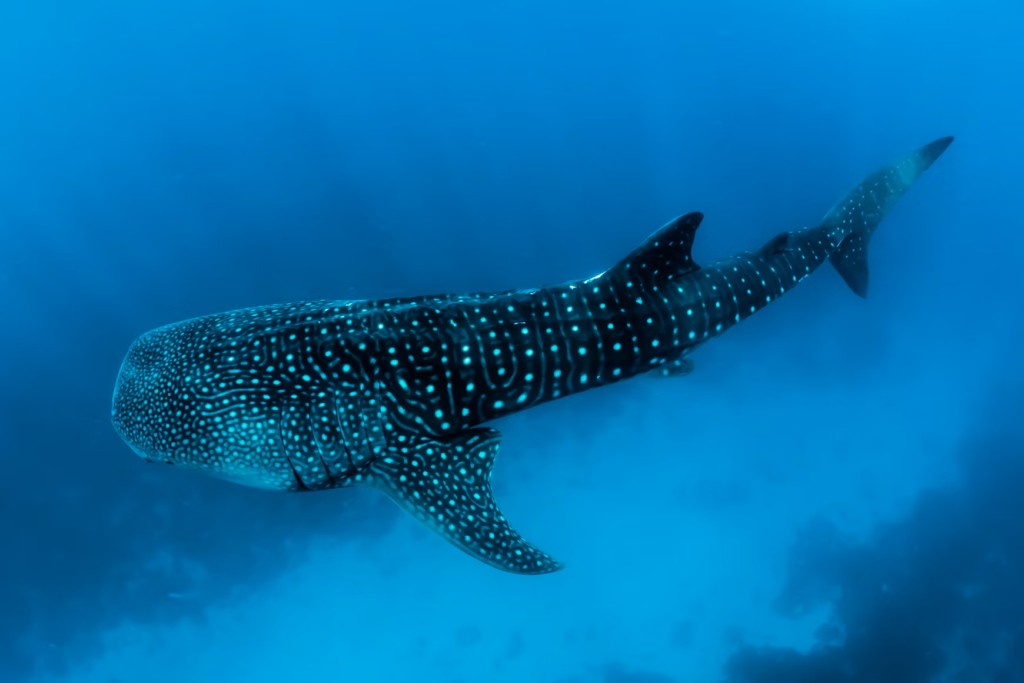
2. Unique Granite Reefs
Unlike other diving destinations, the Seychelles feature unique granite formations above and below the waterline. These massive boulders create a fascinating underwater landscape, with caves, tunnels, and swim-throughs that are fun to explore.
The smooth, rounded granite formations are unique to the Seychelles and offer a completely different dive experience compared to coral reefs. The granite serves as a backdrop for soft coral gardens teeming with marine life, adding to the visual appeal.
3. Turtles, turtles, and more turtles
The Seychelles is a haven for sea turtles, particularly green and hawksbill turtles. These creatures are often seen swimming around dive sites or nesting on the beaches. The hawksbill turtle nesting season runs from October to April, offering a chance to witness these creatures coming ashore to lay eggs. Green turtles can be seen throughout the year, making the Seychelles a prime spot for turtle encounters.

4. Luxury Resorts and Spas
The Seychelles is famous for its luxury resorts, many of which are located on private islands. These resorts offer world-class amenities, including spas, beachfront villas, and gourmet dining, providing the perfect complement to your diving adventures.
5. Year-Round Diving
The Seychelles enjoys a tropical climate, which means diving is possible throughout the year. Warm water temperatures and consistent visibility make it a diver’s paradise no matter when you visit.
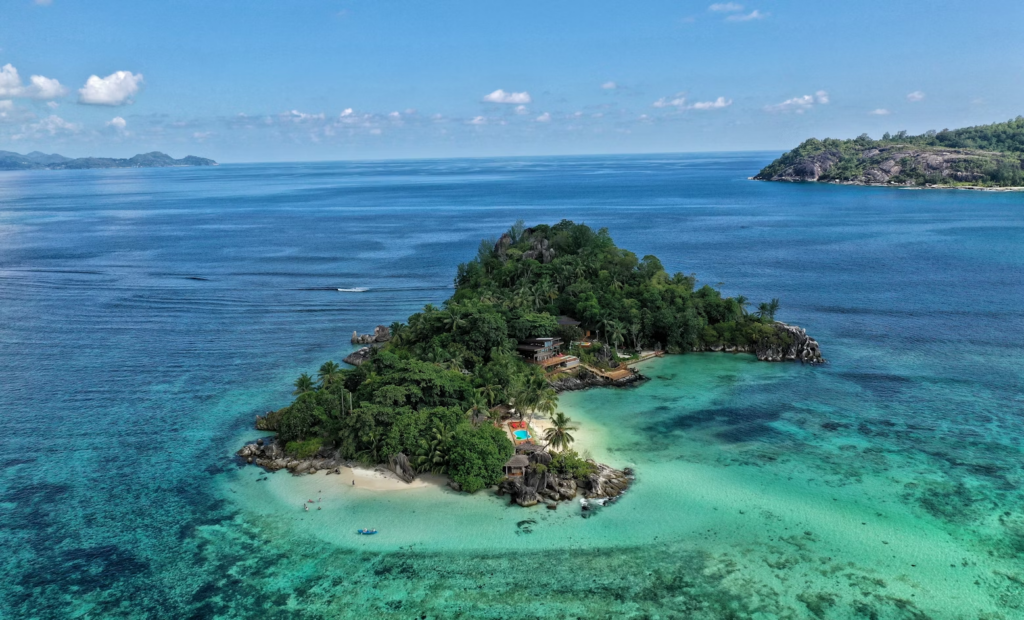
6. Whale Sharks and Manta Rays
One of the top reasons to dive in the Seychelles is the opportunity to encounter large pelagic species like whale sharks and manta rays. Whale sharks are most frequently seen during September to November at Mahé Island but they are spotted at other times of the year. Manta rays are more commonly seen from May to September, particularly around the outer islands, such as Desroches and Alphonse.
7. Hike a UNESCO World Heritage Site
The Seychelles is home to several nature reserves with scenic hiking trails, including the Vallée de Mai on Praslin Island, a UNESCO World Heritage Site. This living remnant of an ancient palm forest contains the famous coco de mer palm trees and offers panoramic views of the islands.
8. Stunning Coral Gardens
In addition to its stunning granite formations, the Seychelles is home to vibrant coral reefs that are thriving in nutrient-rich waters. The hard and soft corals provide shelter for a variety of marine species, making every dive colorful. Sites like Coral Garden off the coast of Praslin Island and Ile Cocos Marine Park are known for their healthy coral reefs and abundant fish life, including butterflyfish, angelfish, and parrotfish.
9. Uncrowded Dive Sites
Unlike some more well-known diving destinations, the Seychelles is relatively uncrowded, even at its most popular dive spots. This allows for a more relaxed diving experience, where you can take your time exploring the reefs without the pressure of large dive groups. Many dive operators in the Seychelles offer private or small-group dives, giving you the flexibility to explore sites at your own pace.
10. Island Hopping
With 115 islands to explore, island hopping is a must at the Seychelles. Each island offers something unique, from the bustling market in Mahé and Praslin’s ancient forests to the idyllic beaches of La Digue.
11. Whale Watching
You can also go whale watching in the Seychelles, with humpback whales being the primary species spotted during their migration from July to October. These ocean giants can often be seen breaching and tail-slapping. In addition to humpback whales, you can occasionally spot Bryde’s whales, sperm whales, and pilot whales. These species are less commonly sighted than humpbacks, but their presence adds to the diversity of marine life around the islands, especially in deeper waters.
12. Giant Tortoises.
The Aldabra giant tortoise is both endangered and endemic to the Seychelles. The Aldabra Atoll, a UNESCO World Heritage site, is home to the largest population of these tortoises. While conservation efforts have helped protect them, habitat loss and poaching still pose threats to their survival.
Meeting the giant tortoises of the Seychelles is a unique experience. These ancient creatures, some over 100 years old, roam freely in protected areas. Visitors can observe and interact with them up close, witnessing their slow, peaceful way of life.
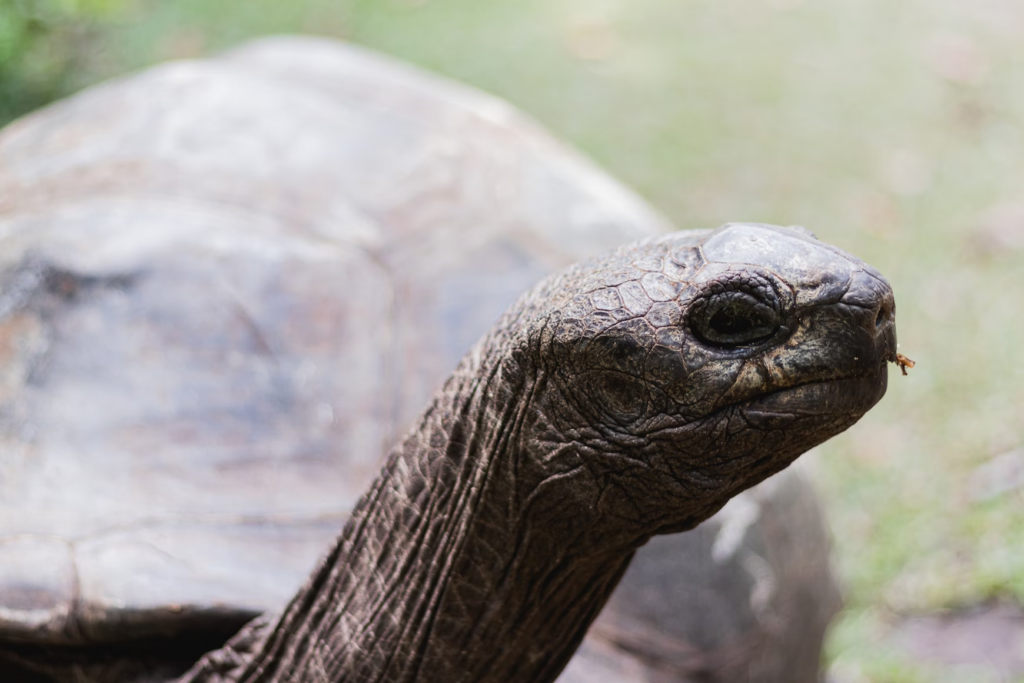
Experience Level and Dive Conditions
The Seychelles offers dive sites for all experience levels, from novice to seasoned divers. Many of the dive sites around the inner islands (such as Mahé, Praslin, and La Digue) are suitable for Open Water Divers, with depths averaging between 10 to 20 meters (33 to 66 feet).
The outer islands and more remote sites, such as Aldabra Atoll, require Advanced Open Water Diver certification and comfort with deep diving.
· Water Temperature: Water temperatures in the Seychelles range from 26°C to 30°C (79°F to 86°F) throughout the year, meaning a 3mm wetsuit is generally sufficient.
· Visibility: Visibility is typically excellent, averaging between 15 and 30 meters (50 to 100 feet).
· Water conditions: The waters are typically calm, with gentle currents, making the Seychelles ideal for easy drift diving.
Best Time for Diving in the Seychelles
The best months for diving in the Seychelles are March to May and October to November, offering warm, calm waters and 30+ meters (100+ feet) of visibility. That said, there are a few seasonal variations to consider:
· May to September: Manta rays are seen during these months, and while the water can be a bit cooler (around 26°C/79°F), it’s still warm enough for comfortable diving. However, this period can experience stronger winds and rougher seas, particularly around the outer islands.
· September to November: These are some of the best months to see whale sharks.
· December to March: This is the rainy season, which can lower the water visibility.
How to Get to the Seychelles
Getting to the Seychelles from Canada involves at least one layover, but the journey is well worth it. The most common route is to fly from major Canadian cities such as Toronto, Vancouver, or Montreal to European hubs like London, Paris, or Frankfurt, and then take a connecting flight to Mahé International Airport (SEZ), the main entry point to the Seychelles. Total flight time, including layovers, is typically around 20-25 hours.
Once you arrive in Mahé, you can take domestic flights or ferries to the other islands. For instance, Praslin Island is just a 15-minute flight or an hour-long ferry ride from Mahé.
Kathryn Curzon, a dive travel writer for Scuba Schools International (SSI), wrote this article.

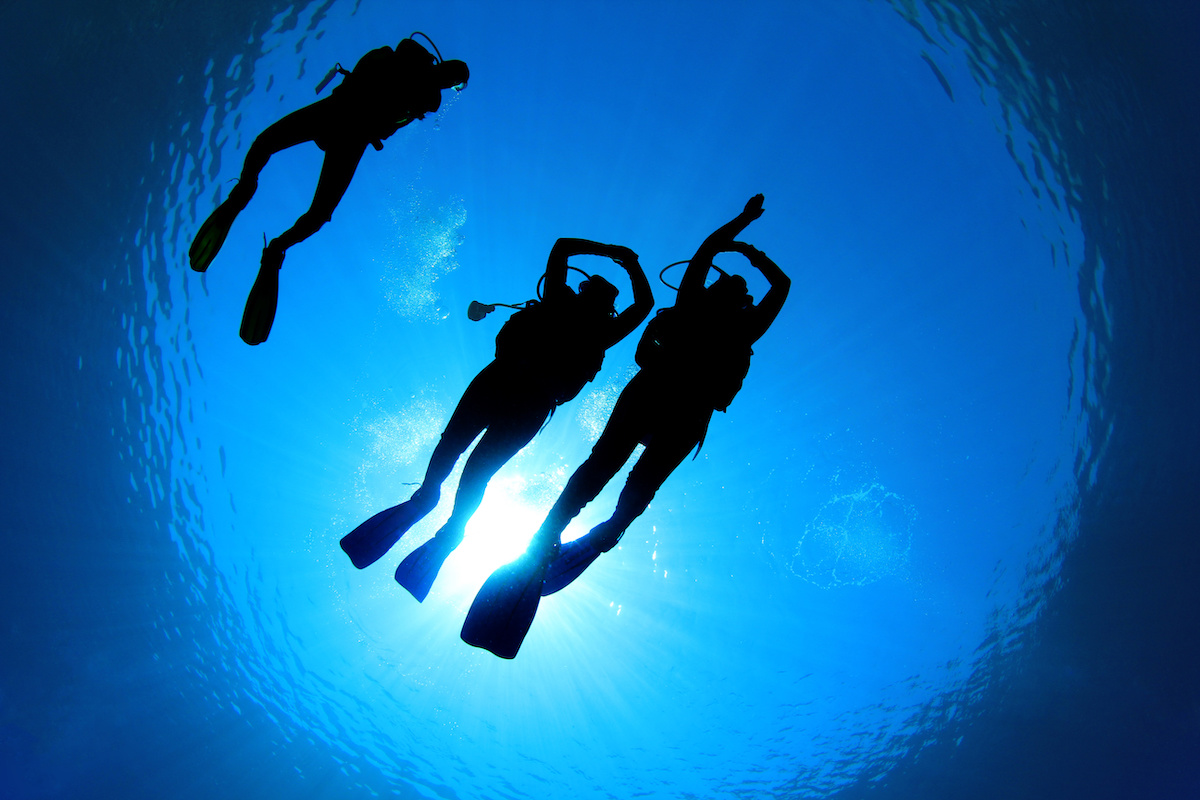
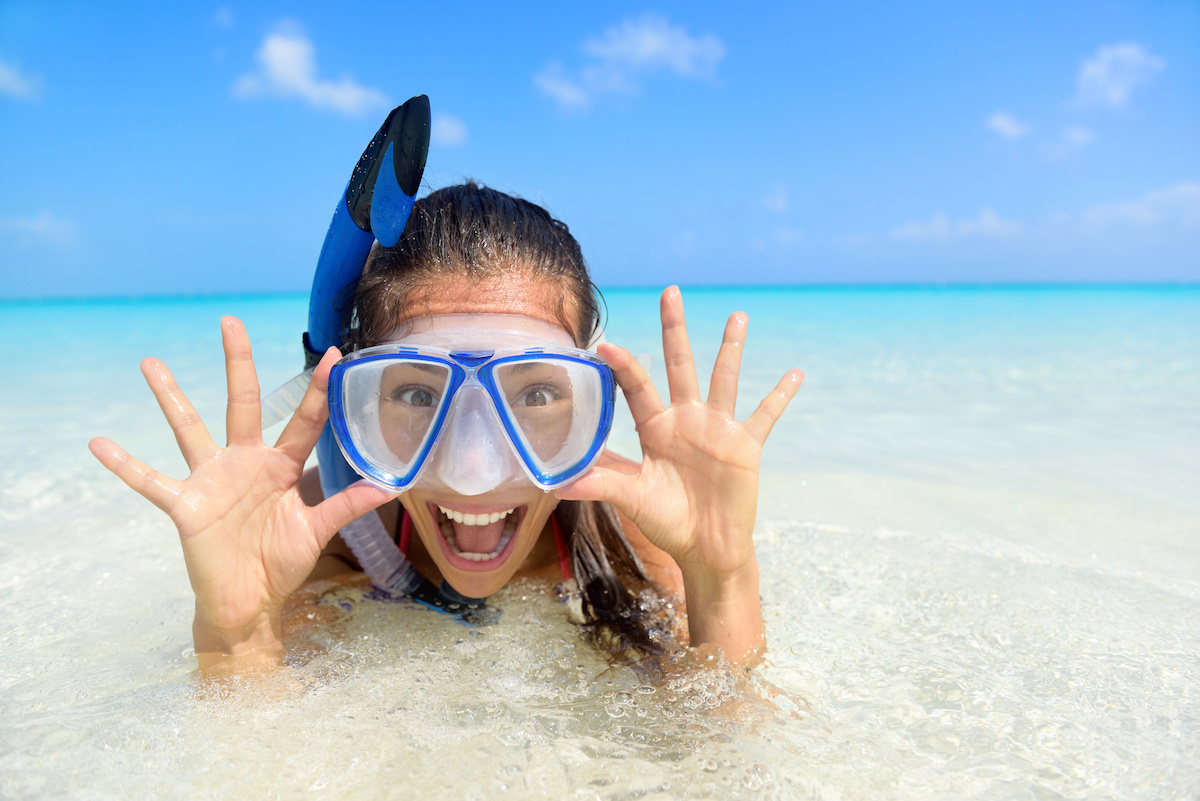

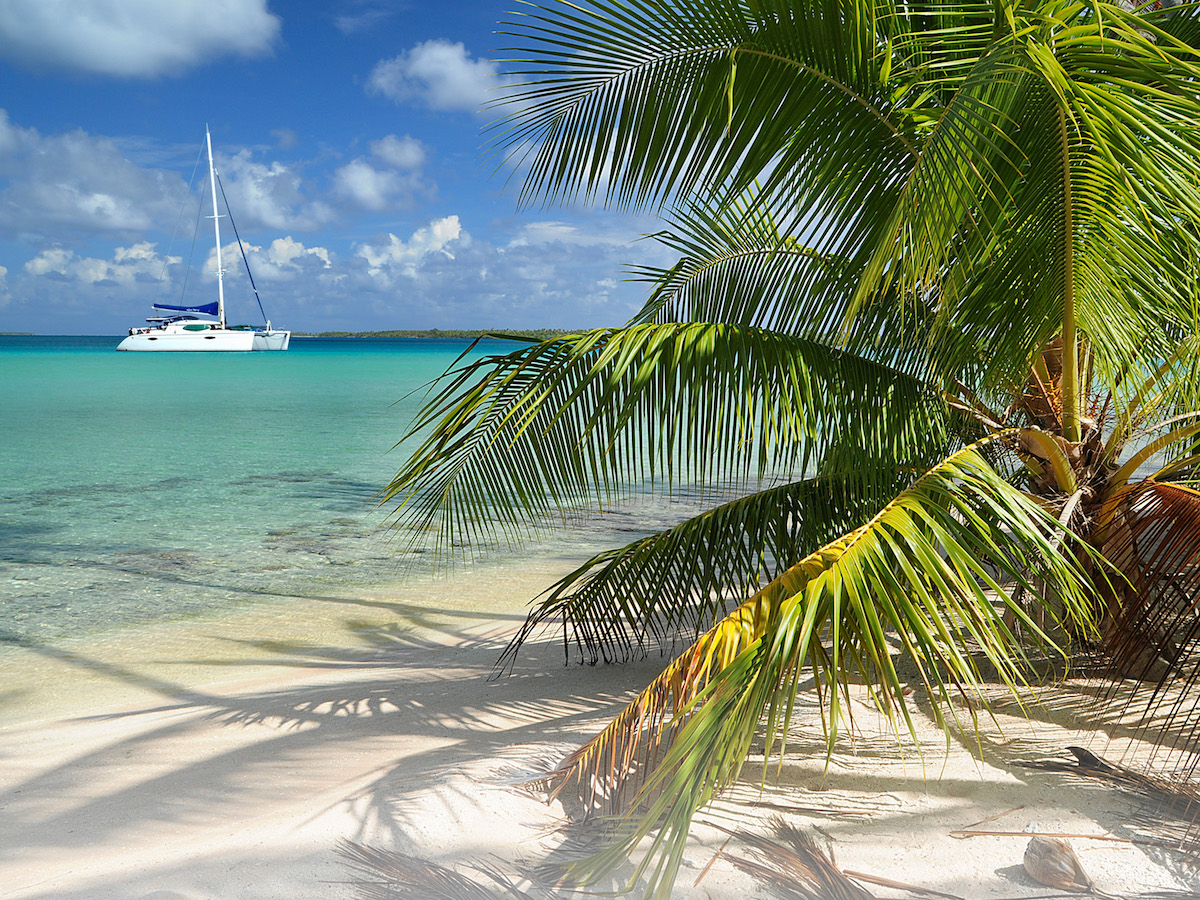

Leave A Comment